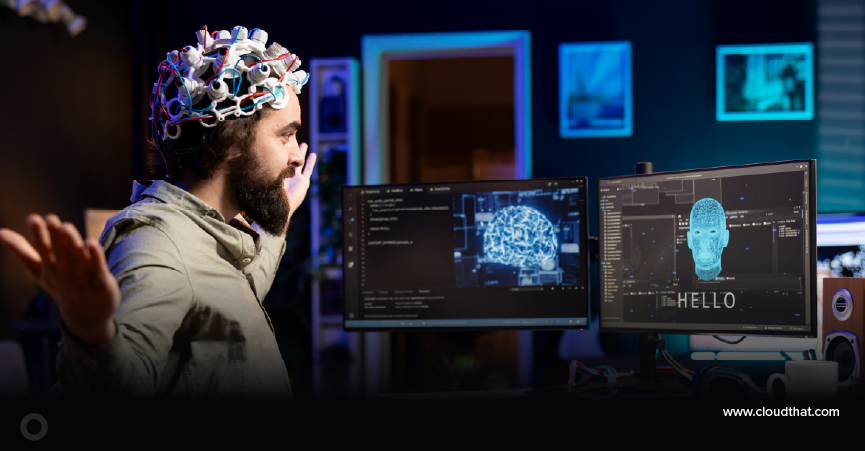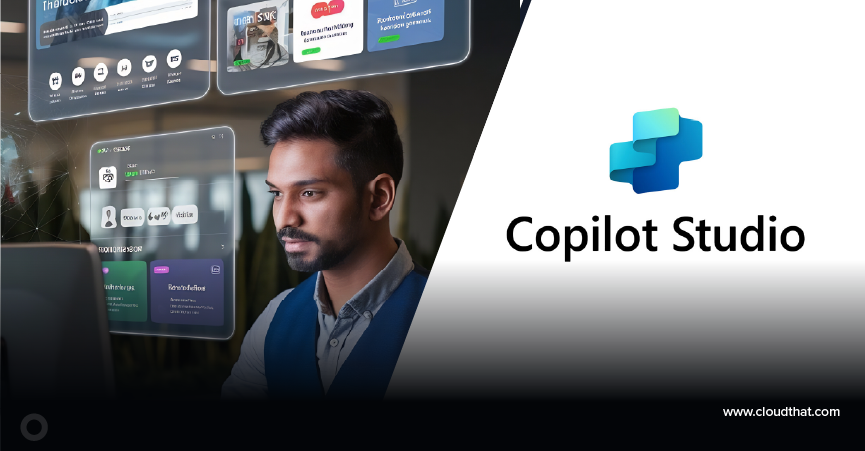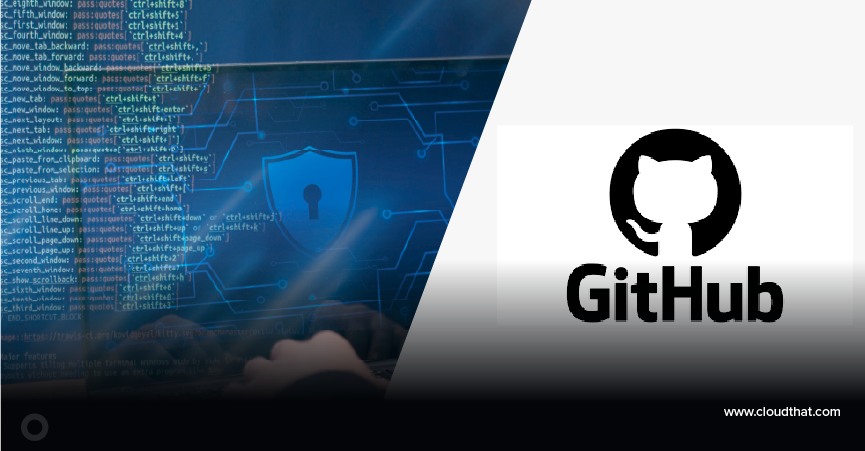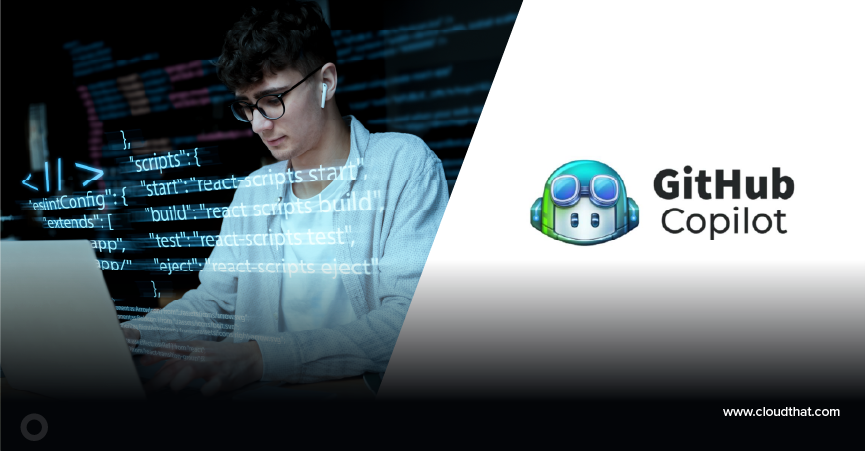|
Voiced by Amazon Polly |
Overview
In the ever-evolving landscape of Artificial Intelligence (AI), two distinct paradigms have historically dominated the field: symbolic AI (logic-based systems) and subsymbolic AI (neural networks or deep learning). Both have achieved tremendous success in specific domains, yet each has limitations. The emerging field of Neuro-Symbolic AI aims to merge these two paradigms to build systems that learn from data and reason, generalize, and explain their decisions.
This hybrid approach is gaining traction as researchers and developers strive to build more robust, interpretable, and generalizable AI systems. In this blog, we delve into what Neuro-Symbolic AI is, why it matters, and how it could redefine the future of artificial intelligence.
Pioneers in Cloud Consulting & Migration Services
- Reduced infrastructural costs
- Accelerated application deployment
Symbolic AI and Deep Learning
Symbolic AI (Logic-Based Systems)
Symbolic AI, also known as Good Old-Fashioned AI (GOFAI), operates on explicitly defined symbols and rules. It is grounded in logic and formal languages like predicate logic, allowing for precise manipulation and reasoning. Early AI systems, expert systems, and knowledge graphs fall under this category.
Strengths of Symbolic AI:
- Interpretability: Rules and logic are human-readable and explainable.
- Strong generalization in well-defined scenarios.
- Effective in domains requiring formal reasoning, such as mathematics or legal systems.
Weaknesses:
- Poor adaptability to noisy, ambiguous, or unstructured data.
- Struggles with learning from examples without prior domain knowledge.
- Manual rule creation and maintenance are time-consuming and brittle.
Subsymbolic AI (Deep Learning)
Deep learning, a subset of machine learning, uses neural networks to learn representations from large datasets. It has powered computer vision, natural language processing (NLP), speech recognition, and more breakthroughs.
Strengths of Deep Learning:
- Excels at handling large-scale, high-dimensional data (images, audio, text).
- Learns features automatically from raw data.
- High accuracy in many real-world applications.
Weaknesses:
- Lack of explainability and transparency.
- Vulnerable to adversarial inputs and data shifts.
- Difficulty in incorporating prior knowledge or constraints.
Neuro-Symbolic AI
Neuro-Symbolic AI combines the strengths of both symbolic reasoning and neural learning. The goal is to build systems that can learn from data (like neural networks) while reasoning over abstract concepts and rules (like symbolic systems). This integration aims to produce data-efficient and interpretable AI capable of reasoning, learning, and understanding.
Imagine a system that can identify a cat in an image (deep learning) and explain why it is a cat based on logical rules and reasoning (symbolic AI). That’s the promise of Neuro-Symbolic AI.
Why Do We Need Neuro-Symbolic AI?
Despite the success of deep learning, current AI systems face several challenges:
- Lack of Explainability: Neural networks are often described as “black boxes”, they make predictions, but it’s difficult to understand why.
- Poor Generalization: Deep learning models often fail when exposed to scenarios not represented in their training data.
- Data Hunger: Training deep models requires enormous datasets, which are expensive and time-consuming to gather.
- Inability to Integrate Knowledge: Incorporating prior knowledge, constraints, or domain rules is difficult in purely data-driven systems.
By embedding symbolic reasoning into neural architectures, we can:
- Achieve better generalization with less data.
- Introduce explainability and traceability into AI decisions.
- Combine learning from examples with deductive reasoning.
- Enable zero-shot learning by reasoning with abstract concepts.
Key Approaches to Neuro-Symbolic Integration
There are multiple ways to combine symbolic reasoning with neural learning, ranging from loosely coupled hybrid systems to tightly integrated architectures.
- Pipeline Architecture (Loose Coupling)
In this setup, a neural network handles perception tasks (e.g., image recognition), and the outputs are fed into a symbolic reasoning module.
Example: A self-driving car uses deep learning to detect objects on the road, and a symbolic planner decides how to react.
Pros:
- Easier to design and debug.
- Leverages mature tools from both paradigms.
Cons:
- Error propagation from perception to reasoning.
- Lack of end-to-end learning.
- Neuro-Symbolic Embedding
This approach encodes symbolic knowledge (rules, logic) into vector representations that neural networks can process. Models like Knowledge Graph Embeddings fall into this category.
Example: Embedding logical relationships (e.g., “A is a parent of B”) into vectors for NLP models.
Pros:
- Allows symbolic knowledge to be used in standard neural architectures.
- Scalable to large datasets.
Cons:
- Risk of losing semantic precision in translation.
- Integrated Architectures
These systems intertwine neural and symbolic modules within a single architecture. For instance, Neural Theorem Provers (NTPs) use differentiable reasoning over logical rules.
Example: IBM’s Neuro-Symbolic Concept Learner, which learns visual concepts (e.g., shape, color) and reasons about them using logic.
Pros:
- End-to-end differentiability.
- Unified training and reasoning.
Cons:
- High complexity and computational cost.
- Requires careful architecture design.
Applications of Neuro-Symbolic AI
- Explainable AI (XAI)
Decisions must be transparent in high-stakes domains like healthcare, finance, and law. Neuro-symbolic systems can provide rational explanations grounded in symbolic reasoning.
- Natural Language Understanding
Language inherently involves syntax (structure) and semantics (meaning). Neuro-symbolic AI helps systems understand language beyond statistical correlations, allowing better comprehension and reasoning.
Example: Comprehending a story, drawing inferences, and answering questions about it.
- Robotics and Planning
Autonomous agents like robots need to perceive their environment and plan their actions. Neural networks handle perception, while symbolic logic is ideal for rule-based decision-making and long-term planning.
- Knowledge Integration
Incorporating existing knowledge (e.g., ontologies, rules, or databases) into learning models is a natural strength of symbolic AI, enhanced by neural integration.
Example: AI systems integrating Wikipedia knowledge with language models to answer complex questions.
- Scientific Discovery
In domains like chemistry or biology, combining empirical data with symbolic rules enables the discovery of new compounds or hypotheses with high confidence.
The Future of Neuro-Symbolic AI
The journey toward artificial general intelligence (AGI) requires systems that can learn, reason, and adapt like humans. Neuro-symbolic AI brings us closer to that goal by combining the intuitive learning of neural networks with the precise reasoning of symbolic systems.
In the coming years, we can expect:
- Hybrid AI frameworks that are both powerful and interpretable.
- Better human-AI interaction, where machines understand context and logic.
- Cross-disciplinary innovation, merging cognitive science, neuroscience, and symbolic logic.
Large language models like ChatGPT are also evolving, integrating knowledge graphs, logic-based instruction following, and memory modules to go beyond surface-level predictions.
Conclusion
As we stand at the intersection of these two powerful paradigms, the future of AI looks not only smarter but also more aligned with human values of transparency, adaptability, and trust.
Drop a query if you have any questions regarding Neuro-Symbolic AI and we will get back to you quickly.
Empowering organizations to become ‘data driven’ enterprises with our Cloud experts.
- Reduced infrastructure costs
- Timely data-driven decisions
About CloudThat
CloudThat is an award-winning company and the first in India to offer cloud training and consulting services worldwide. As a Microsoft Solutions Partner, AWS Advanced Tier Training Partner, and Google Cloud Platform Partner, CloudThat has empowered over 850,000 professionals through 600+ cloud certifications winning global recognition for its training excellence including 20 MCT Trainers in Microsoft’s Global Top 100 and an impressive 12 awards in the last 8 years. CloudThat specializes in Cloud Migration, Data Platforms, DevOps, IoT, and cutting-edge technologies like Gen AI & AI/ML. It has delivered over 500 consulting projects for 250+ organizations in 30+ countries as it continues to empower professionals and enterprises to thrive in the digital-first world.
FAQs
1. What makes Neuro-Symbolic AI different from traditional AI approaches?
ANS: – Unlike traditional AI systems that rely on rules (symbolic AI) or data (deep learning), Neuro-Symbolic AI integrates both. It combines the pattern recognition and learning capabilities of neural networks with the logical reasoning and interpretability of symbolic systems.
2. Is Neuro-Symbolic AI more explainable than deep learning?
ANS: – Yes. Because symbolic components use human-readable rules and logic, they provide clearer insight into the system’s decision-making process. This makes Neuro-Symbolic AI particularly valuable in domains where transparency is essential.

WRITTEN BY Modi Shubham Rajeshbhai
Shubham Modi is working as a Research Associate - Data and AI/ML in CloudThat. He is a focused and very enthusiastic person, keen to learn new things in Data Science on the Cloud. He has worked on AWS, Azure, Machine Learning, and many more technologies.


 Login
Login


 June 16, 2025
June 16, 2025 PREV
PREV










Comments